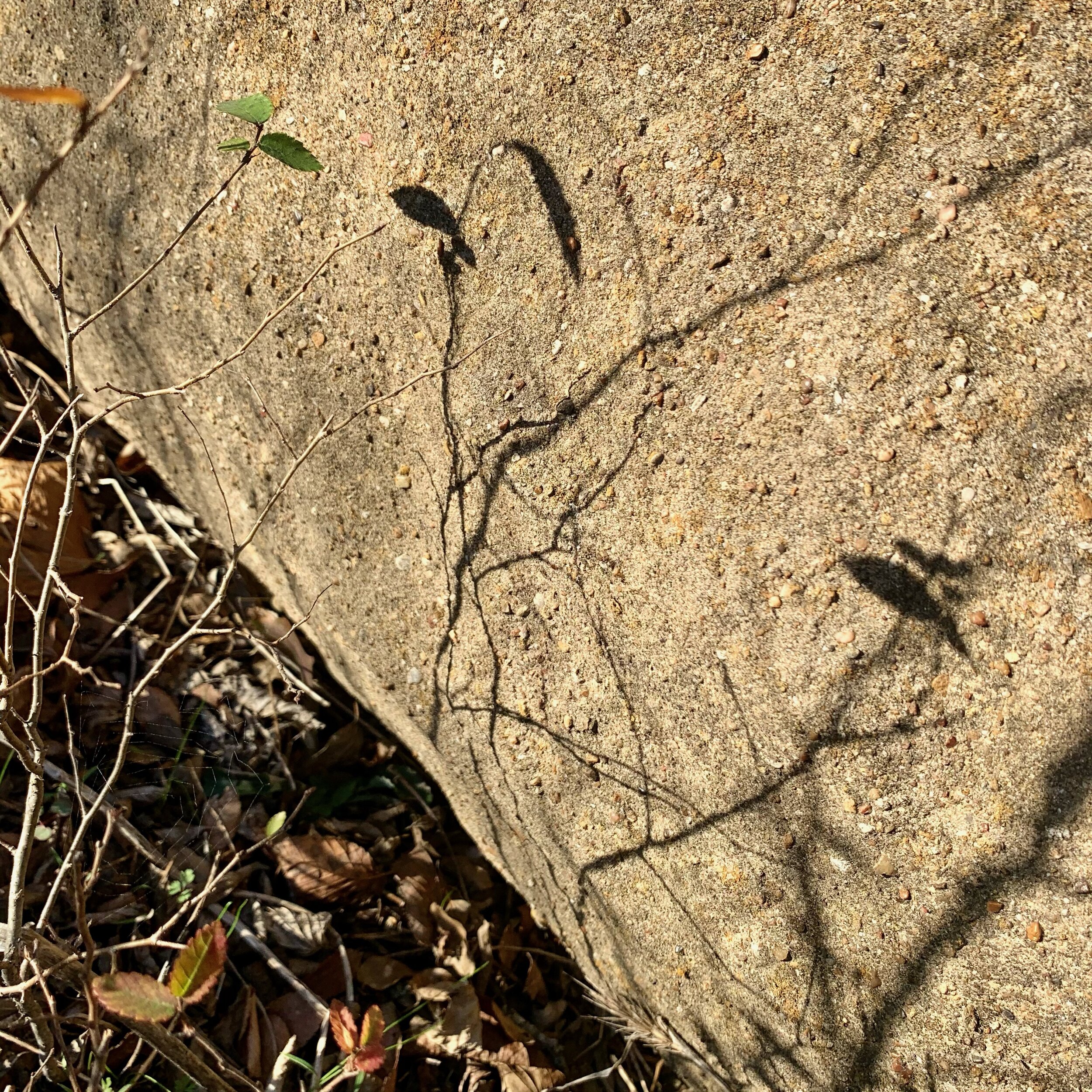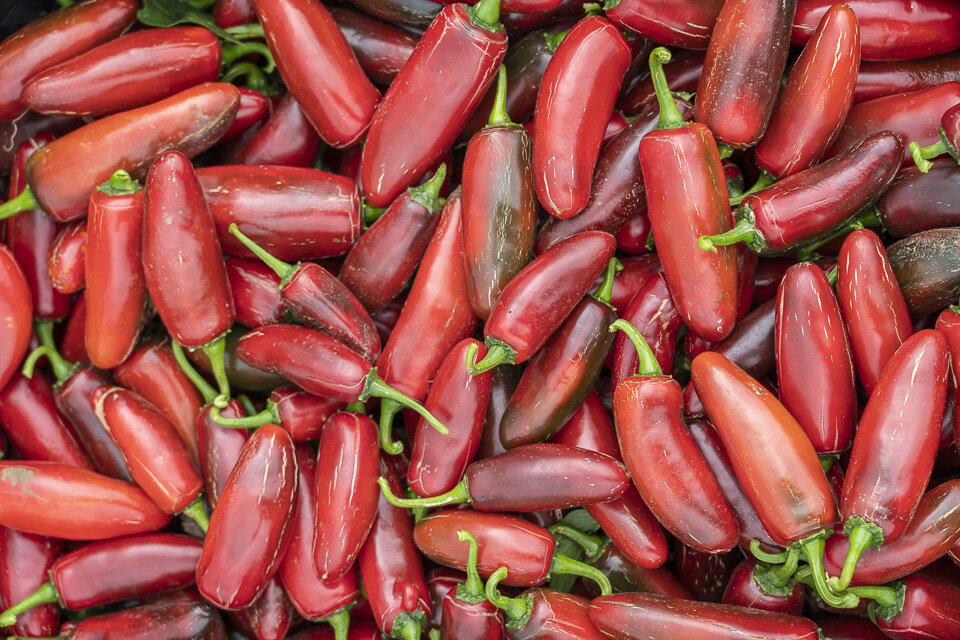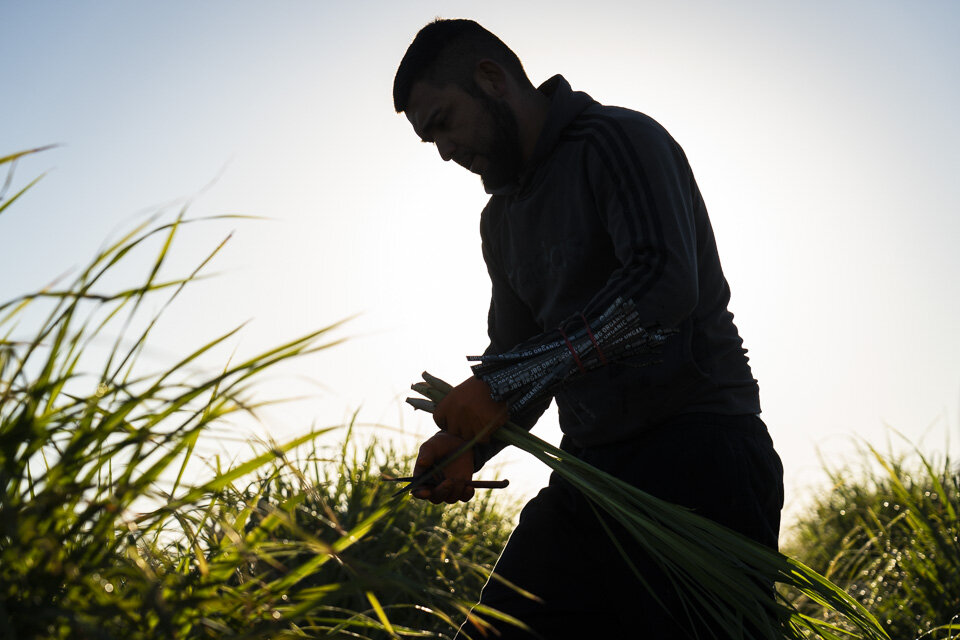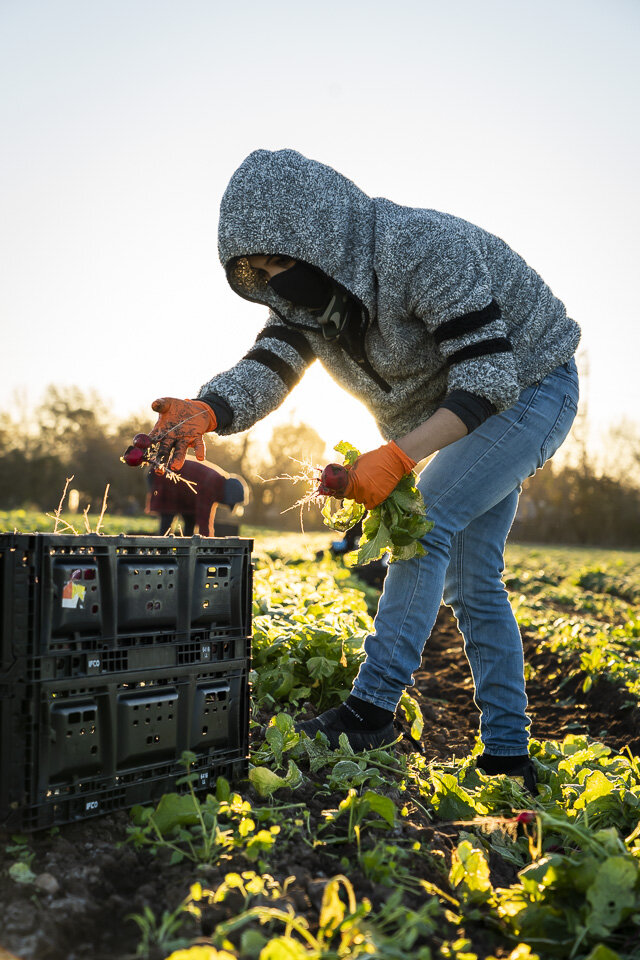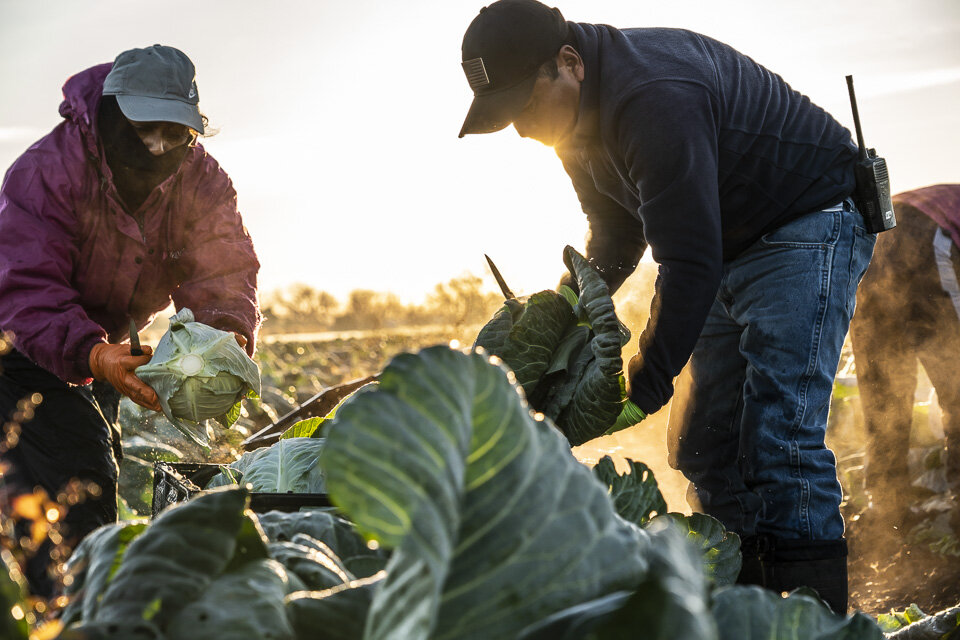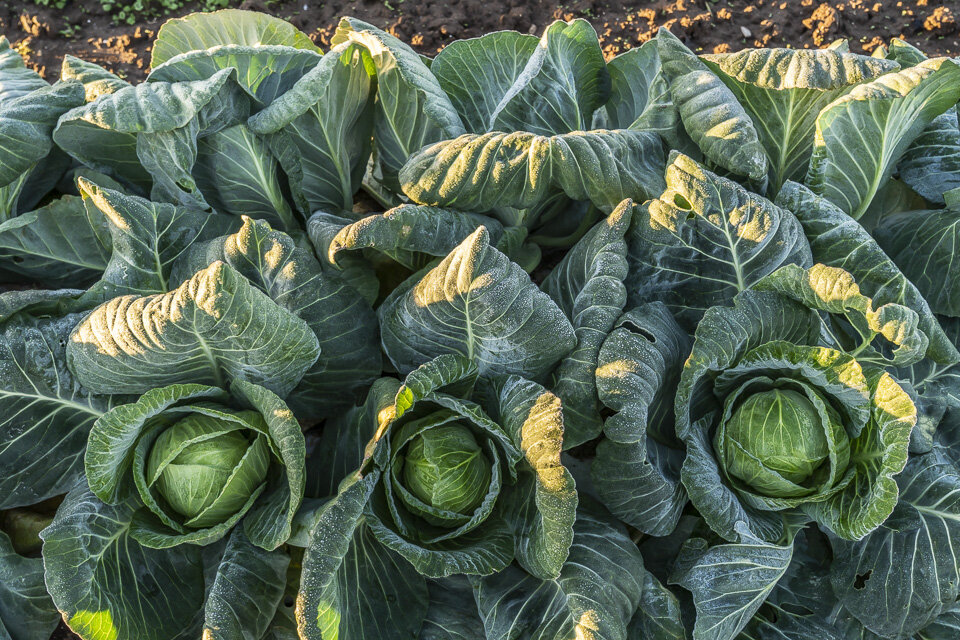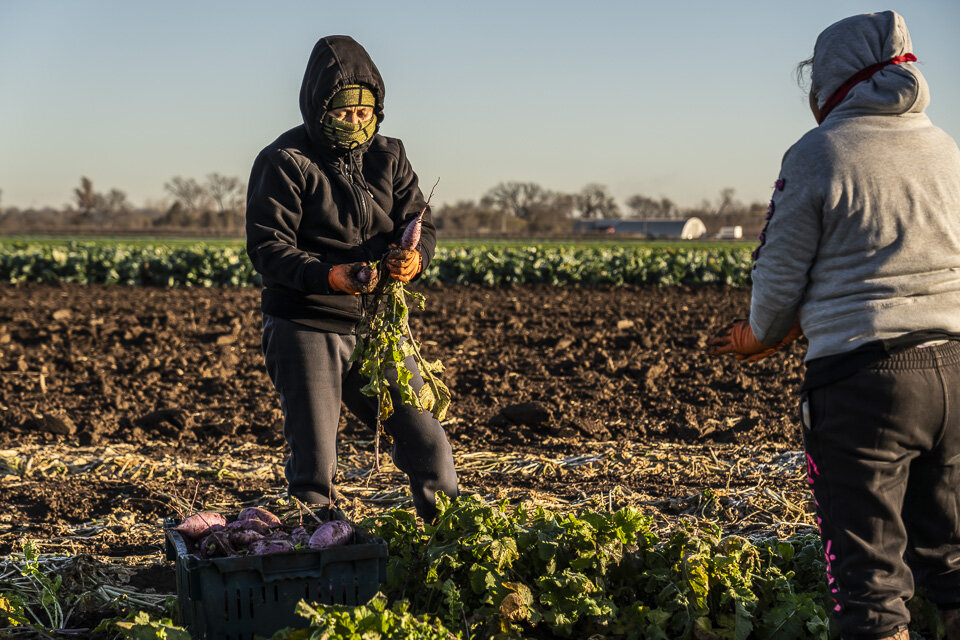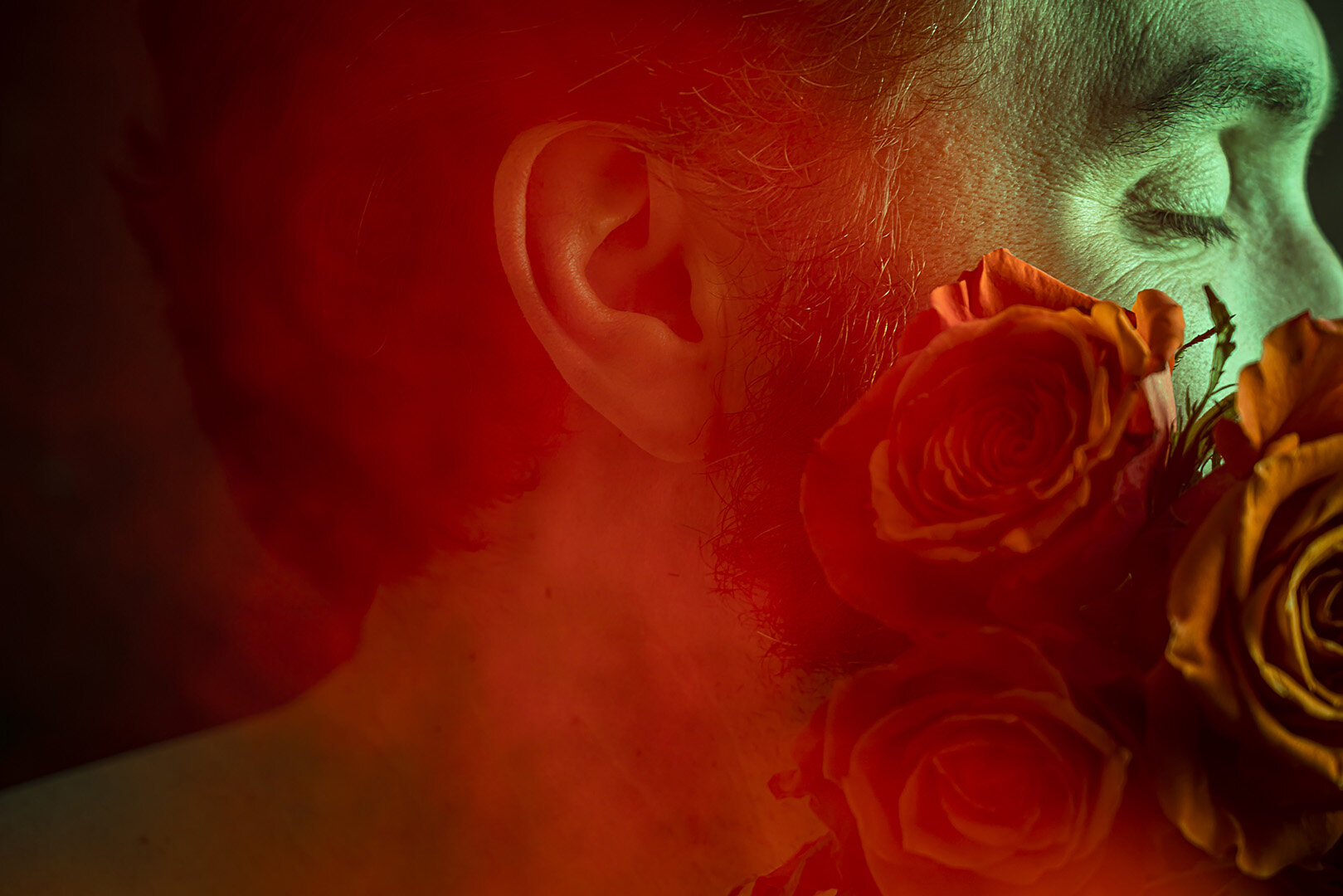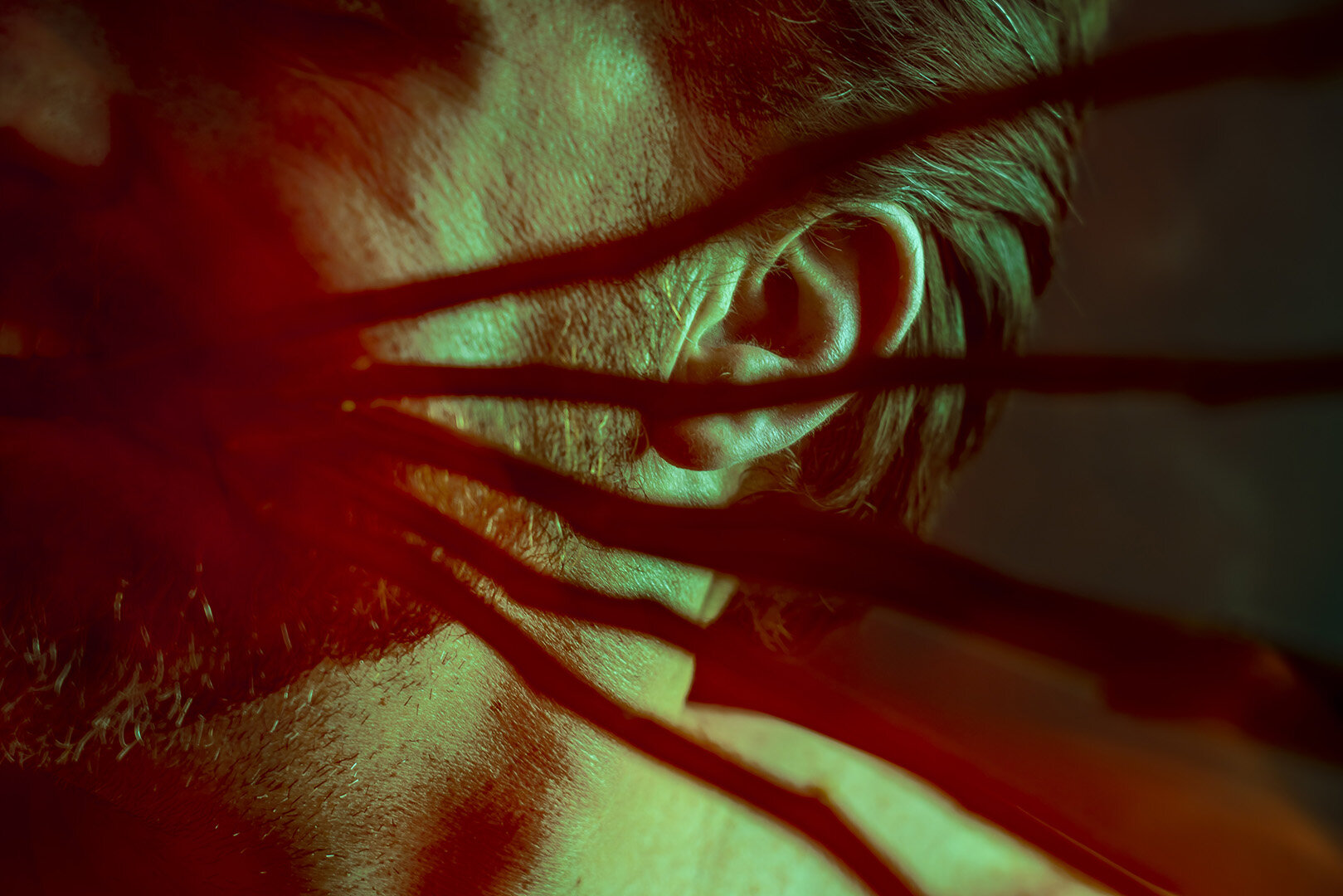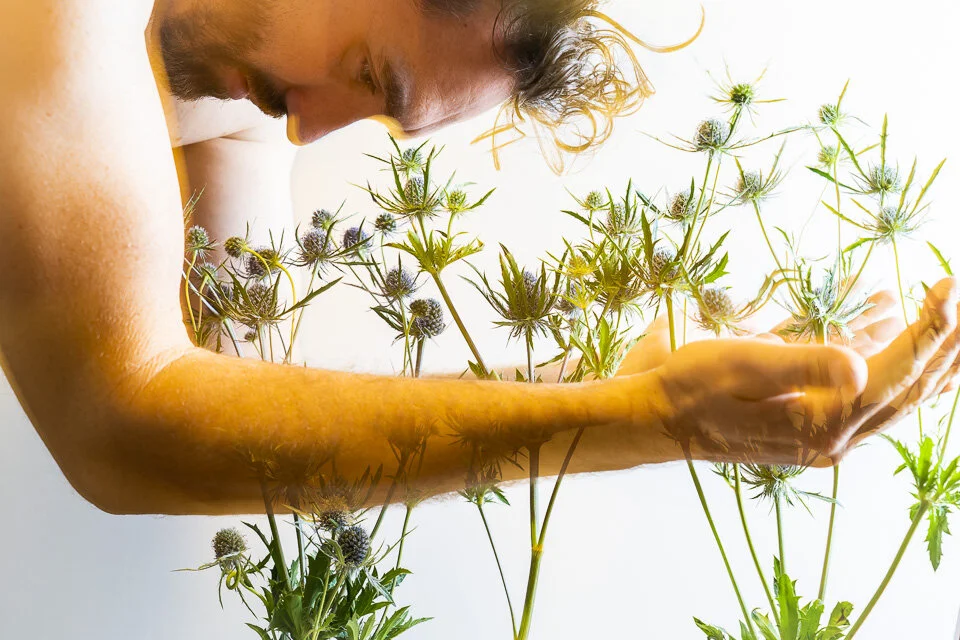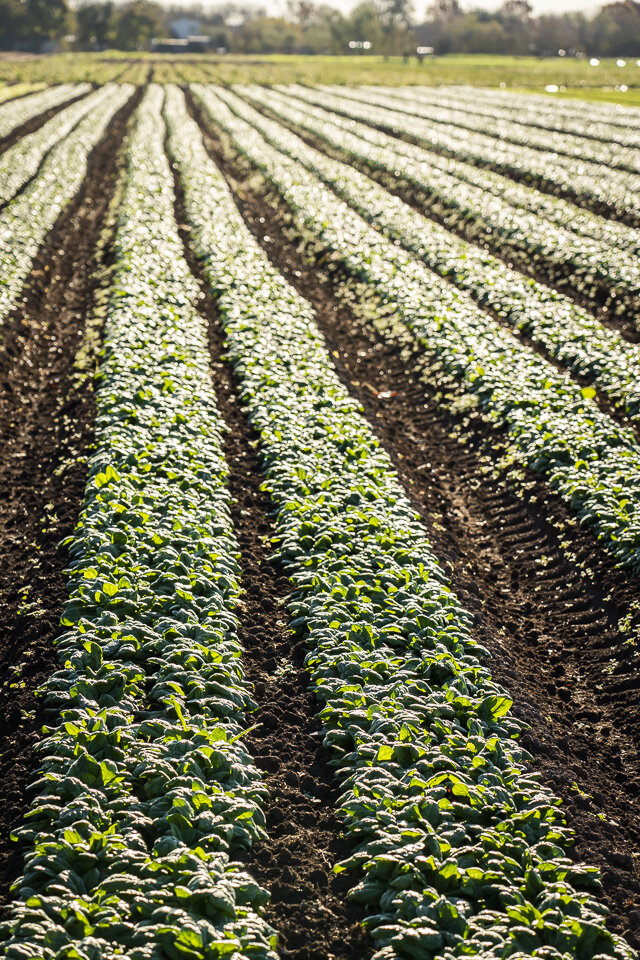We had a rare snowstorm in Austin today. Reminds me of 1985, soon after I moved here with my parents when we had almost 10 inches of snow. Coming from Illinois it was definitely something I had seen plenty of growing up. But we were not expecting it in central Texas. Maybe we brought it with us?
My plan was to stay home today, but I also wanted to get out on this rare occasion and take some pictures. The snow will likely not last long and probably will not return. So I put on my layers and decided to take a chance. And I’m not exactly sure why, but I chose to visit Oakwood Cemetery, just east of downtown. It’s been in use for almost 200 years and I have visited there before. As far as cemeteries go, it’s a nice one to walk with many fascinating details. During my visit, the snow was coming down at a steady clip, and surprisingly there were a few other brave embodied souls with a similar idea.





















































